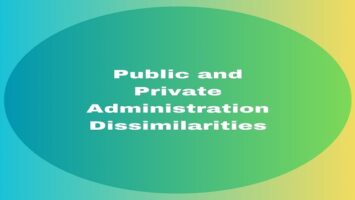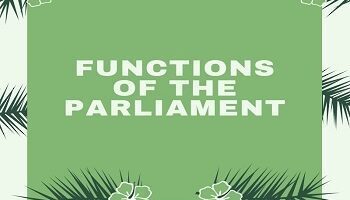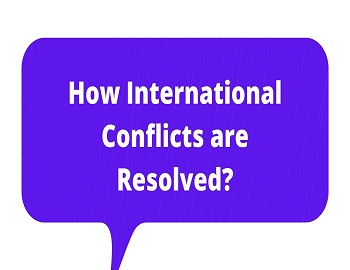Formal Organization:
A formal organization is one which is deliberately planned and designed and duly sanctioned by a competent authority. It is a set of structures, methods, and procedures. A Formal Organization is one where the pattern of the relationship of the members is formally set out in a chart or a diagram. Chester Barnard defines a formal organization as “a system of consciously coordinated activities or forces of two or more persons.” Likewise, Louis Allen defines a formal organization as ” a system of well-defined jobs, each bearing a definite measure of authority, responsibility, and accountability, the whole consciously designed to enable the people of the enterprise to work most effectively together in accomplishing their objectives.”
Thus a formal organization is a framework through which an organized effort is directed to achieving the goal.
Features of a Formal Organization:
The following are the characteristics of a Formal Organization:
(1) It is backed by legal sanctions- A formal organization is a result of laws passed by the parliament or the legislature. An organization, like the Life Insurance Corporation, is an example of a Formal Organization. These laws which deal with the formation of an organization also deal with the personnel working in various departments of the organization for the discharge of their official work.
(2) It specializes in certain tasks- A formal organization is formed to achieve certain goals. It is the work of connecting interdependent parts so that each has a special function. It would be impossible for the organization to accomplish the task without formally dividing the work among its members. This division of work or specialization is the basis of a formal organization.
(3) A formal organization places emphasis on structure- In a formal organization, emphasis is laid on design and structure. As Urwick says, “Absence of structure is illogical, cruel, wasteful and inefficient.” Further, an organization is “a structure developed for carrying out the tasks entrusted to the chief executive and his administrative subordinates in the government.” (Morstein Marx)
(4) A formal organization is permanent in nature- A formal organization is permanent in nature. It may change its objectives or structure with the changing environmental conditions, but it continues to exist and work for a long period.
(5) A formal organization works in accordance with well-formulated rules and regulations- A formal organization is one which is deliberately planned, designed, and duly sanctioned by a competent authority. It is an organization as shown on an organizational chart or as described by manuals and rules. The officials working in a formal organization cannot act as per their likes and dislikes. They work within the framework of formulated rules and regulations. To act as the rules dictate is the fundamental dictum of a formal organization.
(6) Objectives of a formal organization are clearly defined- A formal organization has a large and well-defined framework. It is designed to facilitate the proper utilization of men, materials, and money for the achievement of goals. These goals are clearly defined example, the objective of the postal department is to ensure speedy and efficient delivery of mail to the citizens. The objective of the defense ministry is to protect the sovereignty and integrity of the country against any form of external aggression.
(7) A formal organization is hierarchical in structure- A formal organization is strictly hierarchical in structure. It moves downward from above and from higher to lower levels. Each department has at its apex a head or a minister, then a secretary, then a joint secretary, then a deputy secretary, and so on.
(8) Impersonal Relationship- Another distinctive feature of a formal organization is the impersonal relationship that characterizes its work. It stands for objectivity in examining every issue. Decisions are to be taken on merit. Officials working in a formal organization cannot act as per their likes and dislikes. They have to function within the framework of formulated rules and regulations.
As such, a Formal Organization is a deliberately planned, designed, and duly sanctioned organization. It is of a set form. Its structures, methods, and procedures stand settled by laws and rules. It is an organization as it appears to the observer from the outside.









Comments (No)